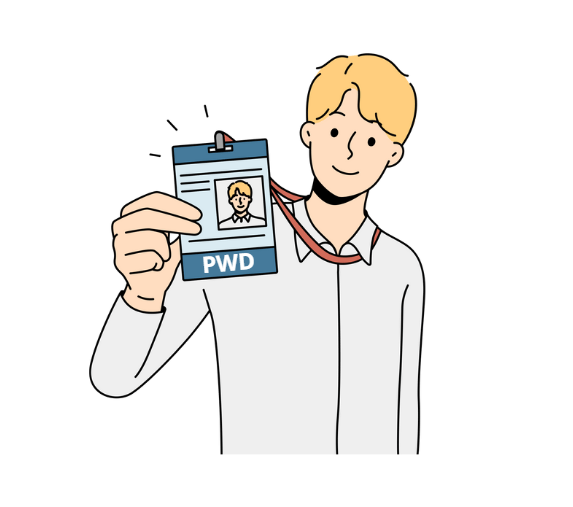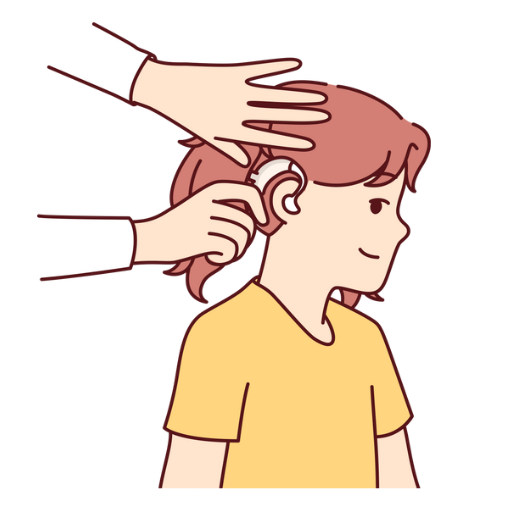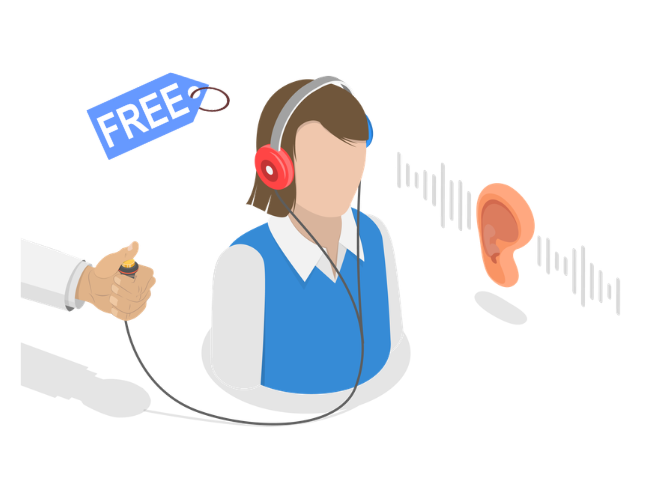The Dos and Don’ts of Talking to Deaf People
Communicating with Deaf and Hard of Hearing people is not just about words—it’s about respect, inclusivity, and understanding. Many hearing Filipinos feel unsure about how to interact with Deaf individuals, worrying they might offend or say the wrong thing. The truth is, building good communication is simple if we keep an open heart and follow some basic guidelines. Here’s a warm, practical guide on the dos and don’ts of talking to Deaf people.

Do: Get Their Attention Politely
Before starting a conversation, make sure the person knows you want to talk. You can gently tap their shoulder, wave your hand, or flick the lights on and off. Avoid shouting or grabbing them unexpectedly.
Don’t: Assume They Can Read Lips Perfectly
Not all Deaf people lip-read, and even for those who do, it’s not always accurate. Only about 30–40% of spoken English or Filipino words can be understood through lip-reading (Gallaudet University, 2022). Instead, be ready to write things down, use gestures, or communicate through text apps.
Do: Learn Some Basic Sign Language
In the Philippines, Filipino Sign Language (FSL) is officially recognized as the national sign language under Republic Act 11106. Learning simple signs like “Hello,” “Thank you,” and “How are you?” shows effort and respect. Even if you’re not fluent, Deaf people will appreciate your willingness to try.
Don’t: Talk to the Interpreter Instead of the Person
If an interpreter is present, always face and speak directly to the Deaf person, not the interpreter. The interpreter is there to facilitate communication, not replace it. Eye contact builds trust and connection.
Do: Be Patient and Open-Minded
Communication may take more time, but patience makes the conversation smoother. If you don’t understand something, politely ask them to repeat or rephrase. Technology like messaging apps can also help bridge gaps.
Don’t: Treat Deafness as a Limitation
Deaf people are diverse, skilled, and capable. Avoid making assumptions about their intelligence or abilities. Focus on the person, not the disability. Respect their identity and communication preference—whether it’s FSL, lip-reading, writing, or speech.
Conclusion
Talking to Deaf people doesn’t have to be complicated. With a little patience, respect, and effort, communication can be enjoyable and meaningful. Remember: make eye contact, use gestures or sign language, and keep an open mind. By practicing these dos and don’ts, we help build a more inclusive Philippines where Deaf and hearing communities can connect and thrive together.
References
- Republic Act 11106. (2018). Filipino Sign Language Act. Retrieved from https://www.officialgazette.gov.ph
- Gallaudet University. (2022). Lip Reading and Deaf Communication. Retrieved from https://www.gallaudet.edu







Leave a Reply